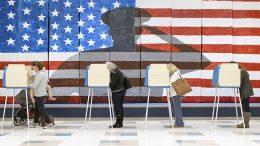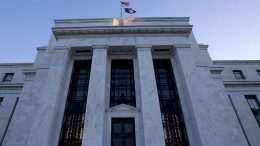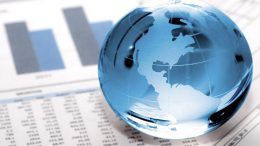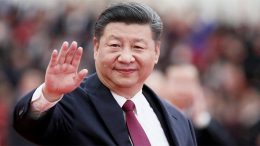Latin America Is The Fourth Largest Investor In Spain
Latin American investment abroad reached 38,255 million dollars in 2018, an amount similar to that of the previous three years. The main investors were Brazil and Mexico, and to a lesser extent Colombia and Uruguay. Latin American Foreign Direct Investment (FDI) in Spain amounts to 40,517 million euros, which represents an increase of 200%, in the last ten years.










